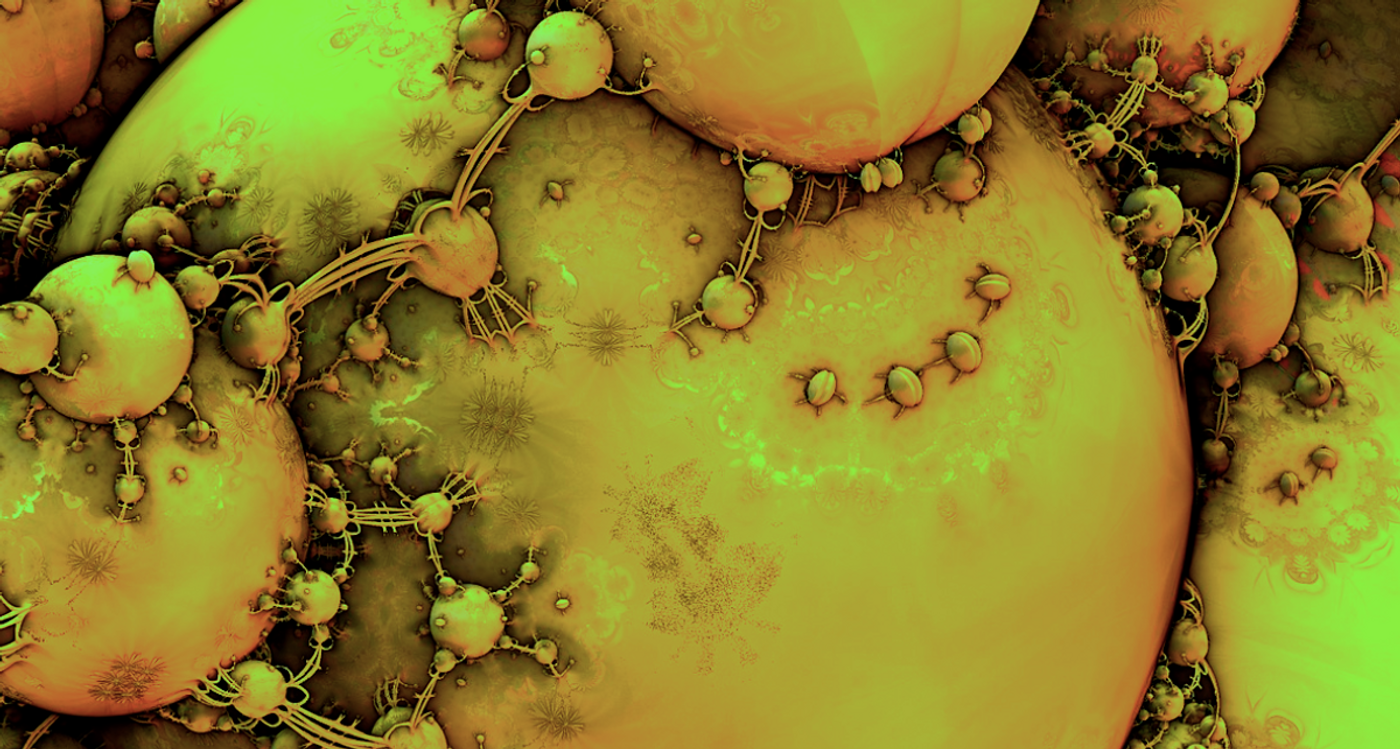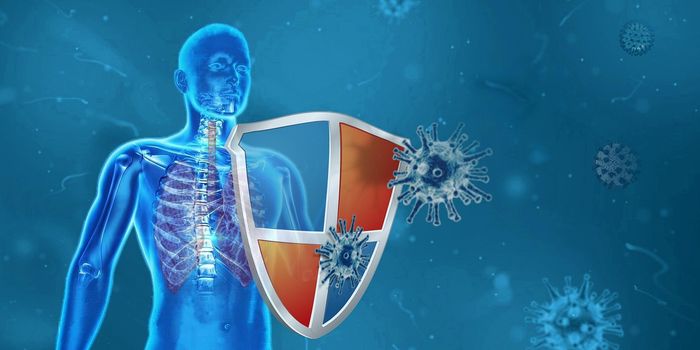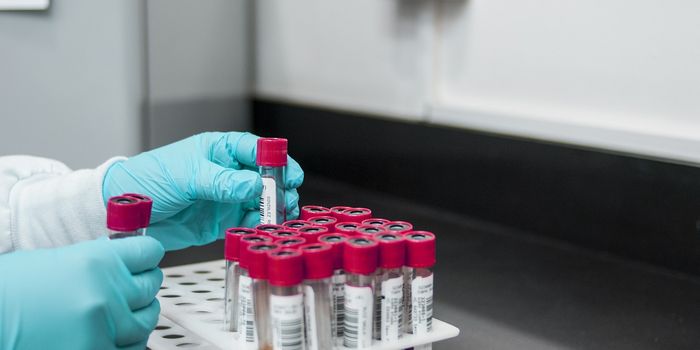Researchers Shocked to Discover Link Between RNA and Sugar Molecules
Researchers have now found evidence of a stunning overlap between two groups of biological molecules that were thought to be unrelated. Sugar molecules called glycans are known to be important for a variety of cellular functions, as are RNA molecules. But scientists have now discovered RNA molecules that are coated with sugars on cell surfaces. These so-called glyco-RNAs can extend from the cell membrane to interact with other molecules. The findings have been reported in Cell.
"This was probably the biggest scientific shock of my life," says study author Carolyn Bertozzi, a Howard Hughes Medical Institute Investigator (HHMI) at Stanford University. "Based on the framework by which we understand cell biology, there's no place where glycan sugars and RNA would physically touch each other."
RNA is commonly known as a messenger molecule that takes genetic sequences from DNA to the cellular machinery that generates proteins. But in recent years, many more functions for RNA have been revealed. They're known to have some regulatory functions, for example. But they were thought to be separate from glycans.
Glycans, or sugars, are often linked to other molecules like fats or proteins, and are commonly attached to microbial cell walls. They function in cellular communication and serve other roles. Scientists study these molecules in a field known as glycobiology. RNA molecules have not been linked to glycobiology before this work, changing our understanding of both RNA and glycans. This study also suggests that glycoRNAs may be involved in immune disorders.
After study co-author Ryan Flynn first began learning about glycans, he wondered if they have any connection to RNAs. Though glycans are normally in an organelle called the Golgi, one is known to go to the cytoplasm where RNA can be found. He tagged glycans to visualize them in the cell, but it took months to reveal the glycoRNAs. That's because they weren't where he was expecting; they ended up being located in the Golgi. He was shocked, and thought his results were wrong. Many experiments were performed to rule out other possibilities, and in that time, Flynn found these glycoRNAs in every kind of cell he grew in culture. Eventually, he located glycoRNAs on the surface of a cell too.
"They applied every possible way one can imagine to confirm the presence of glycan-modified RNA," commented chemical biologist Chuan He, an HHMI Investigator at the University of Chicago who was not part of this study.
Other scientists in the Bertozzi lab had been investigating a type of protein found on cell surfaces called Siglecs, which have a role in the immune system, and also attach to glycans. After testing twelve Siglec molecules, Flynn found that two of them could bind to glycoRNAs, and one of those Siglec molecules has been associated with Lupus, an autoimmune disease.
This research may help us learn more about sugar-linked RNA molecules that hang out on the surface of cells and can bind to Siglecs. Bertozzi suggested that this system may be helping the immune system differentiate between friend and foe.
There are more questions to investigate, which Flynn will pursue at his new lab at Boston Children's Hospital and Harvard University's stem cell and regenerative biology department. Bertozzi noted that the funding she has access to helped make this research possible.
"That's what HHMI provided," she said. "If I were a junior scientist who stumbled into this and put out an NIH grant, we'd get laughed out of the study section [where grants are judged for worthiness by peers]."









